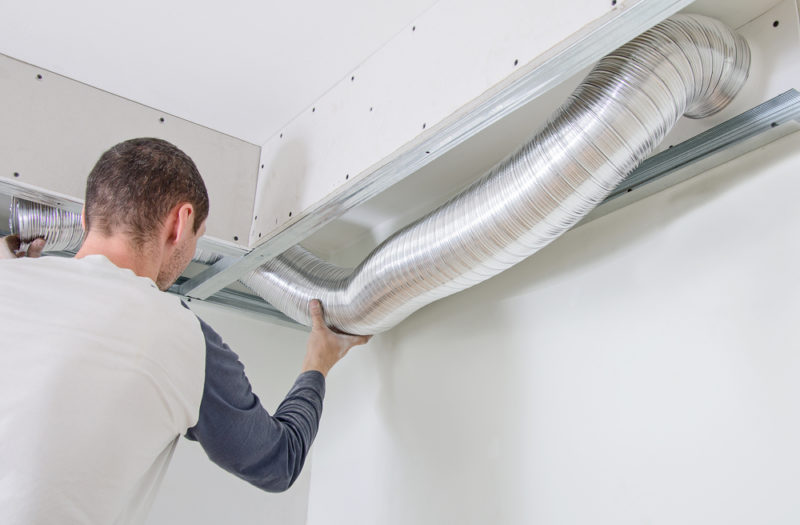When the temperature and humidity increase in Cedar Hill, Texas, it can be tough to keep your home feeling cool and comfortable. Battling hot spots, or areas that don’t cool down even when the air conditioner is running, can cause a lot of frustration.
Hot spots are especially bothersome in rooms where you spend a lot of time, including living areas, bathrooms, bedrooms or the kitchen. Follow these tips to cool down your home’s hot spots and stay comfortable throughout the changing seasons.
Check the Vents
This might seem like a no-brainer, but many homeowners complain of hot spots and don’t realize that the vents in the area are closed. Vents can shut accidentally when your kids are playing nearby or you bump the register with your foot. When a room in your home is constantly warmer than others, check the vent. Make sure that cooled air is flowing through it.
Replace the Window Coverings
Solar heat gain is one of the top causes for a warmer area in the home. When you leave the windows uncovered on a sunny day, the sun’s heat seeps through the glass and increases the interior temperature. Rooms with windows that face the south are especially susceptible to solar heat gain.
Start by keeping the windows covered or the blinds closed, especially during the warmest part of the day. If this doesn’t improve the hot spot, invest in curtains that reflect and block light. Some curtain options are rated at heat levels, helping keep a room dark and cool.
Schedule an Inspection
Another problem that causes poor airflow and hot spots in your home is duct leak. Ducts are connected to your heating and cooling system, allowing for space to move the air between rooms. These ducts often have joints where they connect to one another. If there’s a crack or split in a joint, it allows air to leak out. You might also have a blockage somewhere in the ducts, which restricts airflow and often leads to hot spots.
When the air conditioner is running, put your hand over the register in the room where the temperature is always higher. If you aren’t feeling cool air flowing through it, you probably have a problem with the ducts. Bring in an HVAC professional to inspect the ducts and repair any leaking sections.
Consider HVAC Zoning
Another solution for your hot spots is adding a zoned thermostat. Placing a thermostat in a particularly warm area gives you more control over the temperature in it. Upper levels of a home are notoriously hard to keep cool. Adding a thermostat that controls the cooling system in the rooms upstairs can make a big difference. With a zoned thermostat, you can manage hot spots without making the other rooms feel like the inside of a refrigerator.
Add a Ductless AC
If you’ve checked the ducts, replaced the window coverings and still finding warm areas in your home, a ductless air conditioning unit can help cool that space. This option works similarly to a window-mounted AC unit but is placed in an unobtrusive location of the home.
When the temperature rises in the area for which it provides cooling, the ductless AC unit will turn on and help manage the heat. Ductless units also operate more efficiently than traditional cooling systems, which means you won’t spend a fortune on energy bills when the unit runs. An HVAC technician can recommend a unit to eliminate the hot spots and keep your home much cooler.
The best option when you’re dealing with a hot spot in your home is to speak with a professional HVAC service technician about a possible solution. Contact Freedom Heating and Air today at (214) 306-8456 to schedule a consultation.
Image provided by Shutterstock


